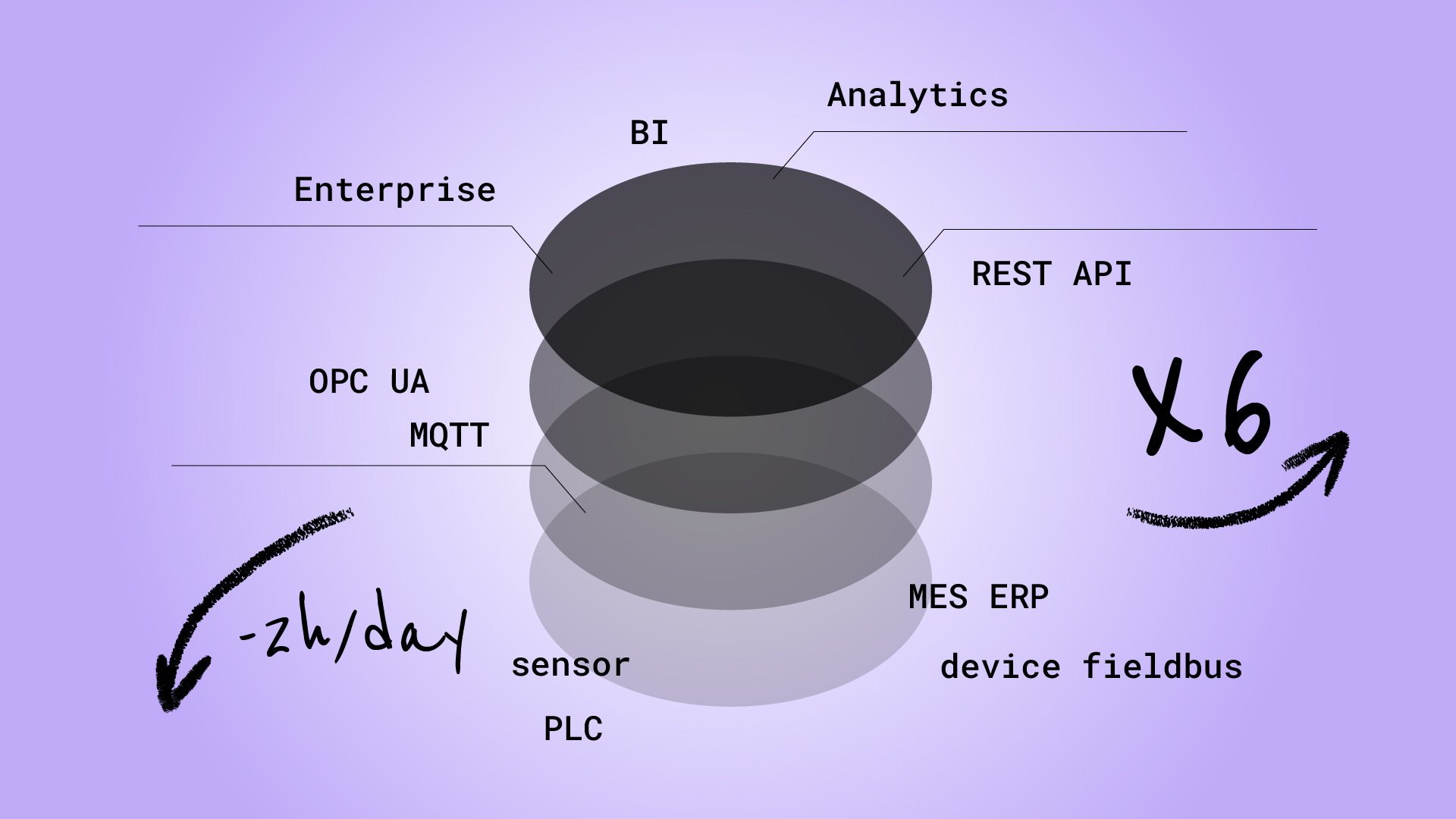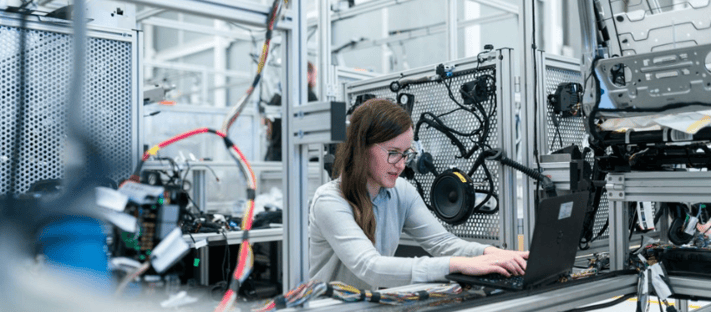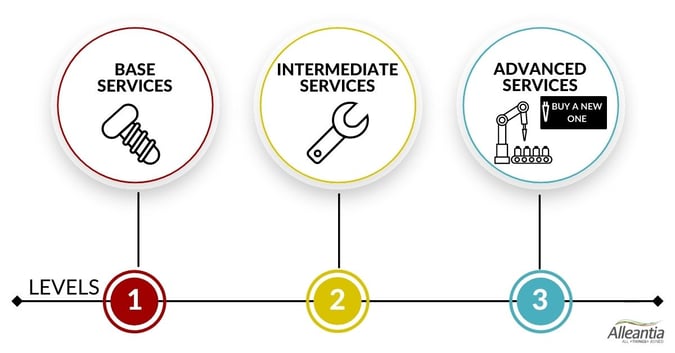
Servitization. What is and how does it change the business?
 Servitization indicates the change in the organizational process of a company from selling products to integrating high-value-added services within the goods produced.
Servitization indicates the change in the organizational process of a company from selling products to integrating high-value-added services within the goods produced.
Today, the servitization model is spreading in manufacturing, where it represents a significant competitive advantage.
The rise of the servitization business model
The technological development of recent years has contributed to the emergence of something new and pervasive in our lives: servitization.
It means rethinking business priorities and discovering improvement niches where one can modify one's business strategy to offer the customer maximum added value.
But how does this new business model come about?
The core of this transformation is two factors, one negative and one positive:
- First is the economic crisis that has forced many companies to review R&D investments.
- Second is the incredible digital development of recent years that has led to the availability of new 4.0 technologies that can be implemented and exploited.
What is servitization?
Servitization aimed to understand and anticipate customer needs and deliver a service offer integrated with the proposed product.
As anticipated, this model is spreading widely in the manufacturing industry.
Think of the Pay per Use concept "Why sell a machine when you can offer the formula to use the machine and pay for its use"?
The concept of servitization is just that: a manufacturing company produces and transforms goods into a sale of services added to the product.
There are three levels of the concept of servitization in manufacturing, and they can be summarized as follows:
- Base services - Supply of spare parts;
- Intermediate services - External services such as maintenance and repairs.
- Advanced services - Machine customer. Machines autonomously retrieve the service or spare parts needed. The customer can, through subscription plans, maintain his machine (predictive maintenance), while the manufacturer gains and uses the knowledge of machine utilization to improve his business strategies.

How does servitization change business processes?
The business reorganization is complex due to the high costs and risks involved.
However, today, several entrepreneurs have complemented, or are complementing, their products with a broad service proposition. By networking and collaborating with other companies, one competes on an equal footing in an increasingly competitive market and creates market niches with the benefits of servitization.
Rethinking the business model is the most ambitious transformation for a company and is a fundamental tool for innovating and exploiting the opportunities provided by the new Industry 4.0 technologies.
Examples of servitization
Let's think of the printer we all have at home, which buys ink before it runs out.
What does this mean? It means that the company that sold us the printer is no longer just offering us the end product but also a series of additional services that facilitate our user experience.
There is a radical change in the strategic value given to service over product: a change that impacts all levels of the company and corporate culture.
Let us return to manufacturing and the third level of servitization, represented by advanced services - Machine Customer.
Machines are serviced when customers subscribe to the use and replacement of components. It ensures that the repair and maintenance process is always assured and that everything is managed on time by the service provider.
The benefits of a serviced product
The benefits are immediate for the service provider:
- customer loyalty;
- increased knowledge of the production process;
- timely scheduling of maintenance and service activities;
- production and storage scheduling.
All this makes it possible to provide an attentive added value service.
Thanks to this timely control, machine downtime, and costly plant shutdowns, a real curse for an entrepreneur, are minimized. All this by exploiting the servitization model.
In conclusion, thanks to digital transformation, we are faced with the emergence of new figures such as the machine customer or the OEM customer.
Through the digital twin (want to know more about Digital Twin, click here), machine builders will be able to provide an extended service to their customers who will feel loyal and who, thanks to modern technology, will be able to provide scenarios of adaptability and scalability that were impossible before.
All to the benefit of the customer's business, the machine customer!
What are you waiting for?
Boost your business with servitization!
Click here


